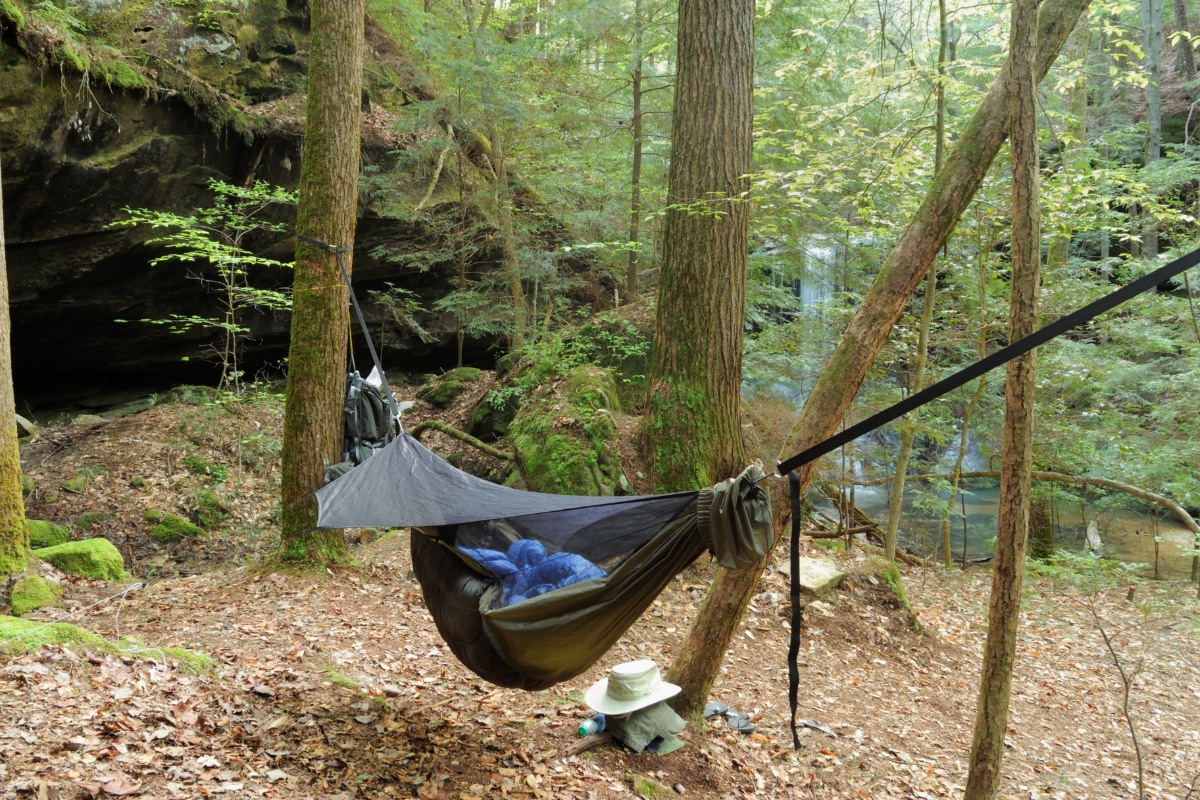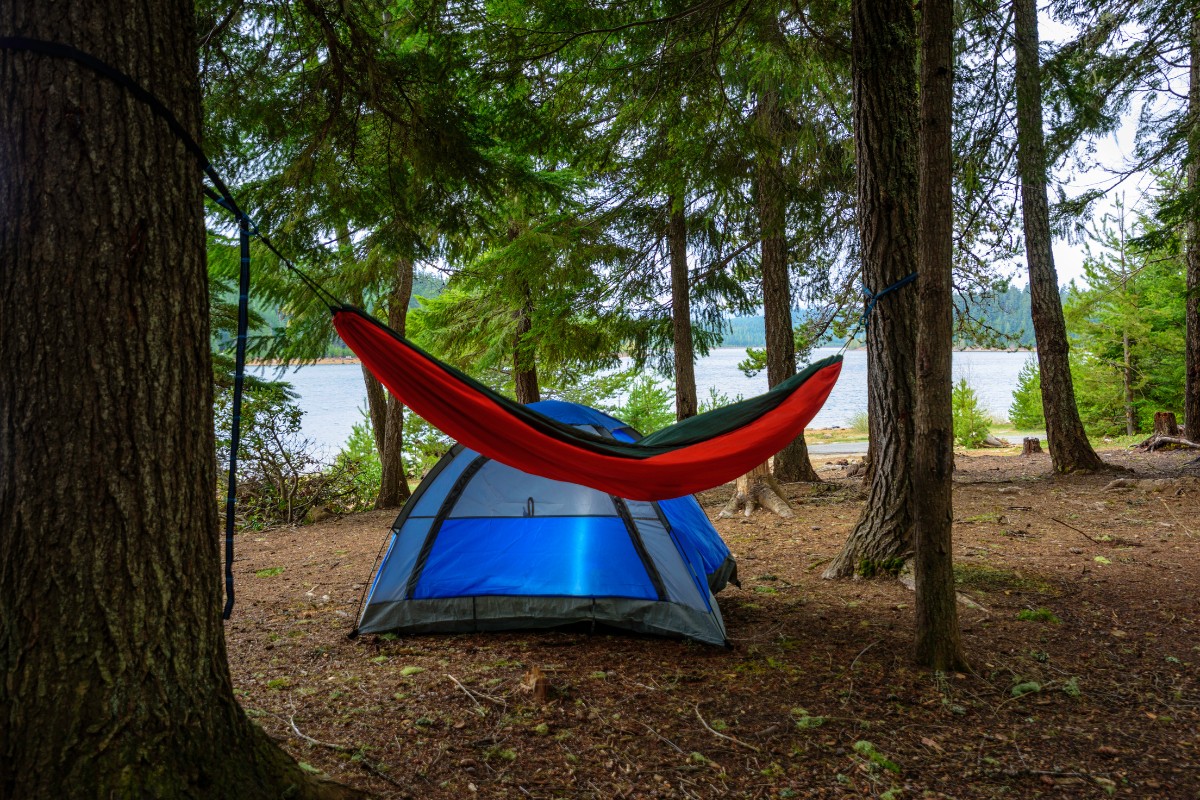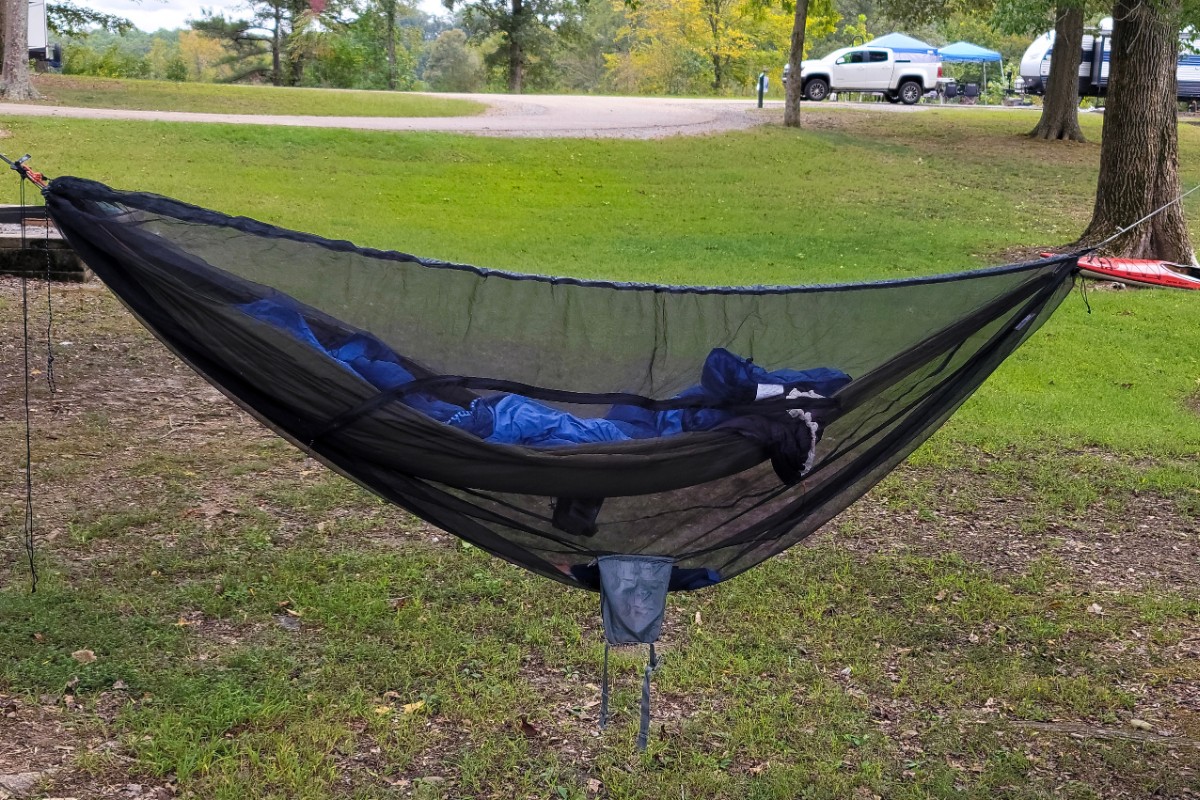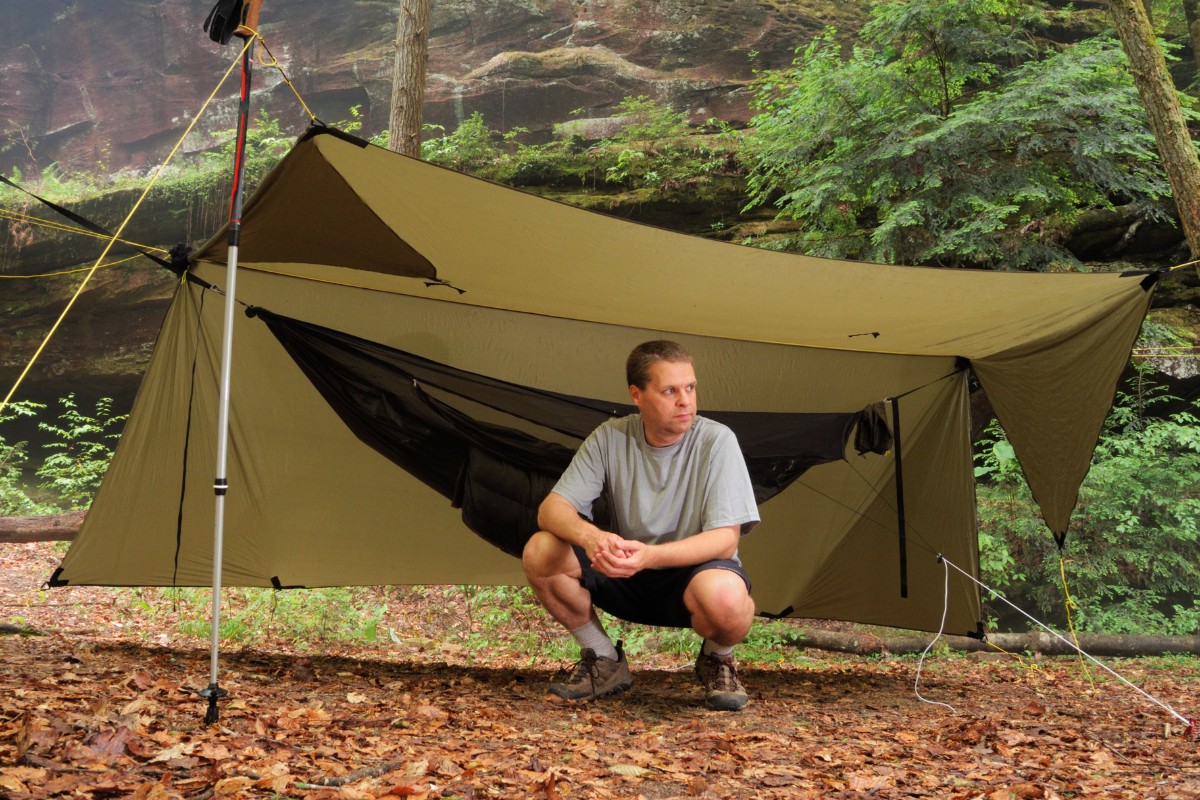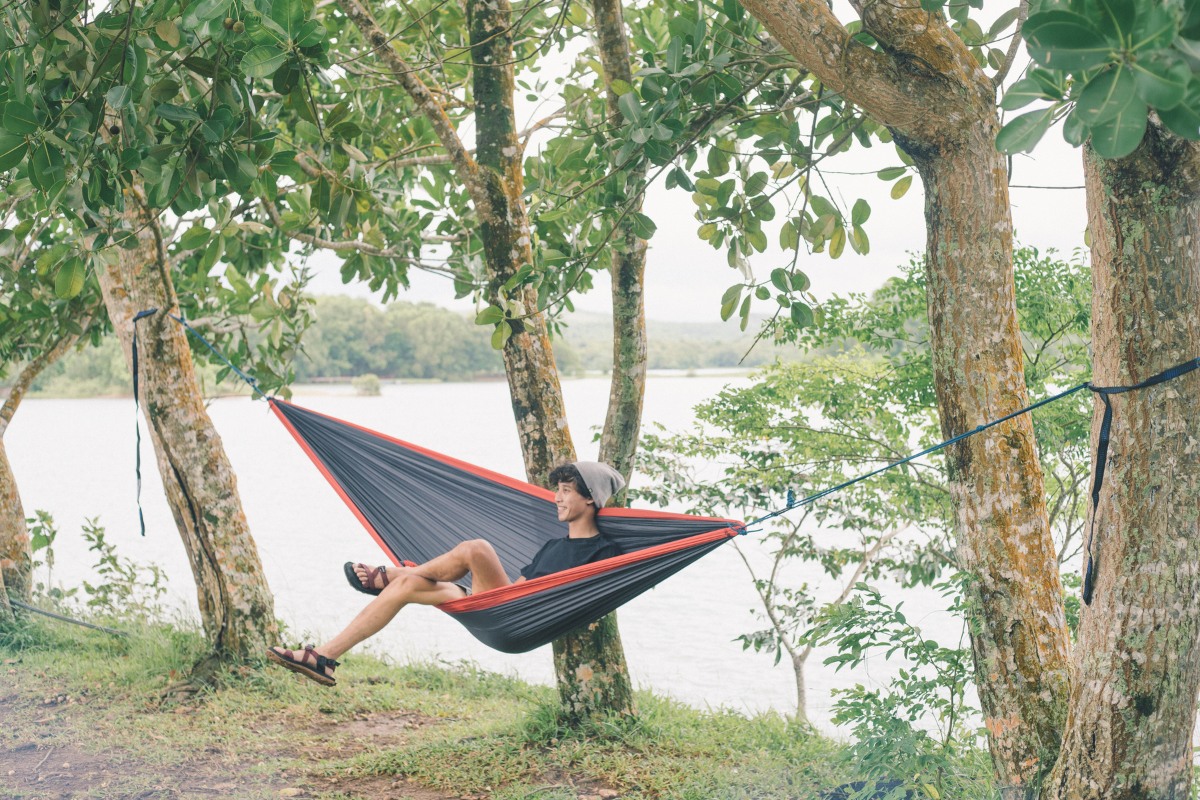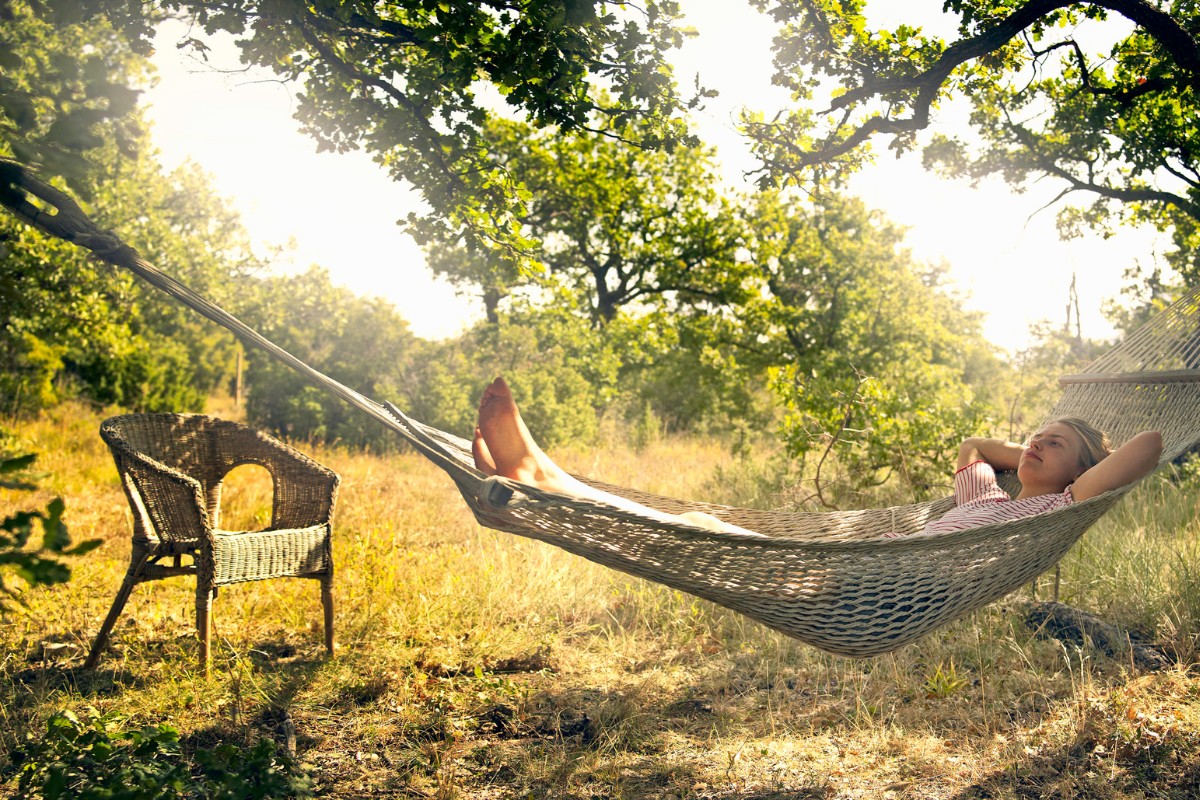Nothing quite says outdoor comfort like the humble hammock. It can be stretched between two trees in a yard on a balmy summer afternoon, or it can be a key piece of kit in the wilderness camper’s armory. Wherever it is being used, it must be hung up with the right ropes if it is to be as comfortable as it possibly can.
Then again, since there are so many types of rope on the market, how are you supposed to tell which is the best one to use to suspend your hammock?
Well, since questions about the rope itself are among the most frequently asked when it comes to hammocks, we would help solve this conundrum once and for all by taking a good look at just what kind of rope is used for hammocks and which is the best!
What Kind of Rope is Used for Hammocks
When you are deciding which type of rope you want to use to hang your hammock, your first decision is going to be to select the material. Not only is this the first, but it’s also probably the most important, as the type of material your rope is made of will have a big impact on your hammock and how it hangs.
You essentially have two options here, either a rope made of natural fibers or a rope made of synthetic ones. There are pros and cons to both types, so in the next section, we’ll take a deep dive into each material so you can judge which may be the best one for you.
Ropes Made with Natural Fibers
A natural rope will generally be made of materials like cotton or manila. There are also a few more exotic materials on the market such as hemp ropes. However, the market does not offer too many options when it comes to natural ropes, so we’re mainly judging the characteristics of these materials here.
Pros
A Natural Rope Has Little Give
This means that after you have hung the hammock and climbed in, it won’t dip much in height. This also means that a hammock hung with natural ropes can be a little easier to climb into, as you can hang it close to the ground.
A Natural Rope Is Naturally Bug Resistant
This is due to its tough exterior, which is formed of tightly knotted fibers. Bugs find it difficult to penetrate this layer, thus protecting the rope from bug damage.
A Natural Rope Has an Attractive, Natural Finish
Synthetic ropes come in a wide range of colors, which helps make them attractive to some people. If you prefer a more natural-looking design, though, then a natural rope, somewhat unsurprisingly, would be the best choice.
Cons
Natural Ropes Are Susceptible to Damage Due to Weather
The main downside to using this natural rope is that they are not weatherproof. You need to bring them in during even the lightest rain showers, as they will hoover up moisture like a sponge! Once they are damp, mold and rot can quickly set in. As a result, you would need to replace the rope as it is no longer safe to use.
Synthetic Ropes
Just as with cotton ropes, there is a range of materials that can be used for making synthetic rope. Going back to that typical hardware store though, you will generally find one of two materials used for synthetic ropes. They will be either Nylon or Polypropylene. Of the two, Nylon is generally going to be the premium choice.
Pros
Extremely Tough
The biggest pro with synthetic materials is that they are extremely tough. They are far more weather-resistant than natural rope and won’t swell in wet weather.
Stretchy
They are also very stretchy, especially Nylon rope. It can extend by up to 40%, giving you a good idea of how much give and flexibility there is in the rope. That can help make the hammock even more comfortable, as it is essentially almost always spring-mounted for extra comfort.
Colors
They are also available in a range of colors. If you want a more natural look, then there are muted color schemes. On the other hand, if you want a standout look, then there are a range of bright color options too.
Cons
A Little Bouncier
The fact that it is so flexible can make the hammock a little bouncier than some people like. You also have to hang it a little higher to allow for the amount of sag that the hammock will experience once you climb inside.
Bonus Round – Strapping
So that answers the original question. Any discussion of ropes, however, is simply not complete without a little added word about webbing. Why?
It is not advised that you hang a hammock with ropes that are attached directly to a tree. This is because when you do this, you place all of the weight onto the rope where it wraps around the tree, potentially damaging the bark.
Without trees, we can’t have hammocks, so it pays to be as kind to them as we can. For that reason, you should invest in some webbing or tree straps to wrap around the tree. They distribute the weight of the hammock over a much wider area, helping to protect the tree from damage.
Final Verdict
So what kind of rope is used for hammocks? There is actually quite a bit of variety, with at least four different types being widely available. As to which is best, in the end, that is really something of a personal decision. We would suggest taking stock of the pros and cons outlined above and seeing which are the most important to you.
